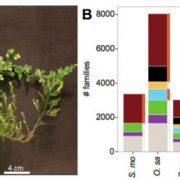
Know Your Roots: A Transcriptomic Exploration of Key Life History Traits in the Model Lycophyte Selaginella moellendorffii
Research, The Plant Cell, The Plant Cell: In BriefLand plants (embryophytes) evolved from a freshwater charophycean algal predecessor over 450 million years ago and have since separated into the diversity of plant lineages observed today. A key factor in the expansion of plant life on land was the evolution of rooting structures and a vasculature that…

Silencing Transposons is Important for Pollen Development in Capsella
Research, The Plant Cell, The Plant Cell: In a NutshellWang et al. reveal that viable pollen formation in Capsella requires the function of a DNA-dependent RNA polymerase. Plant Cell https://doi.org/10.1105/tpc.19.00938
Background: Transposons, or “jumping genes”, are kept silent by a plant-specific pathway that starts with DNA-dependent RNA…
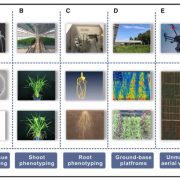
Review: Crop phenomics and high-throughput phenotyping (Mol. Plant)
Plant Science Research WeeklyCrop phenomics has lagged behind crop genomics because traditional methods are time-consuming, expensive, invasive and subjective. Recently, high-throughput, automated, sensor and machine-vision methods have been developed, as reviewed by Yang et al. This review describes a large number of phenotyping…
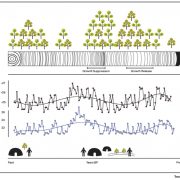
Review: Tropical trees as time capsules of anthropogenic activity (Trends Plant Sci.)
Plant Science Research WeeklyTrees will help us ensure our future, but they are also a valuable record of our past. This fascinating review article by Caetano-Andrade et al. describes how anthropologists are taking advantage of data recorded in trees to understand more about not only the atmospheric and geological events of the…
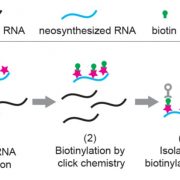
Metabolic labeling of RNAs uncovers hidden features and dynamics of the Arabidopsis transcriptome (Plant Cell)
Blog, Plant Science Research WeeklyThe ability to directly sequence RNAs (RNA-seq) has revolutionized our understanding of gene expression, but it can miss or underestimate short-lived RNAs. Several methods have been developed to identify newly-synthesized mRNAs to provide a snapshot of transcription as it happens. Szabo present Neu-seq,…
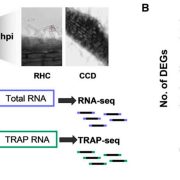
Reprogramming of root cells during nitrogen-fixing symbiosis involves dynamic polysome association of coding and noncoding RNAs ($) (Plant Cell)
Plant Science Research WeeklyThe symbiotic relationship between Rhizobium bacteria and leguminous plants like Medicago results in the development of secondary root organs called nodules. The bacteria housed in the nodule infection zone assimilate atmospheric nitrogen for plant growth. In this paper, Traubenik et al. used (RNA-seq)…
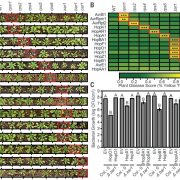
The pan-genome effector-triggered immunity landscape (Science)
Plant Science Research WeeklySuccessful plant pathogens produce a suite of small molecules called effectors that are injected into plant cells and perturb plant defense. As a counter defense, plants have evolved intracellular receptors (called NLRs; nucleotide-binding domain leucine-rich repeat) that detect specific effectors and…
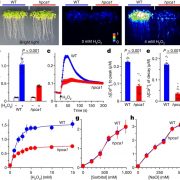
Hydrogen peroxide sensor HPCA1 is an LRR receptor kinase in Arabidopsis (Nature)
Plant Science Research WeeklyHydrogen peroxide (H2O2) is an important signal involved in diverse stress responses both intracellularly and extracellularly, but until now it hasn’t been clear how the plant recognizes it. Wu et al. used a genetic screen to search for plants that fail to produce a calcium influx response in the presence…
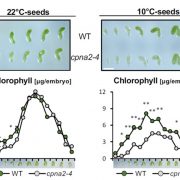
Embryonic photosynthesis affects post-germination plant growth (Plant Physiol.)
Plant Science Research WeeklyAngiosperm seeds develop within maternal tissues, yet in some species including Arabidopsis the developing embryos carry out photosynthesis. In Arabidopsis, this is transitory, and the embryonic chloroplasts lose chlorophyll and dedifferentiate into eoplasts as the seed matures. Sela et al. set out to…

